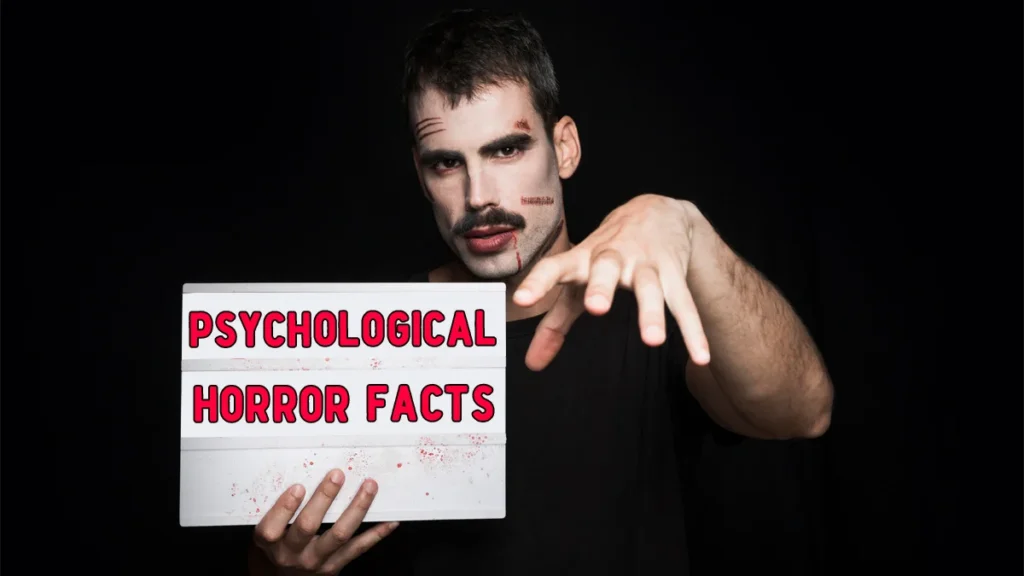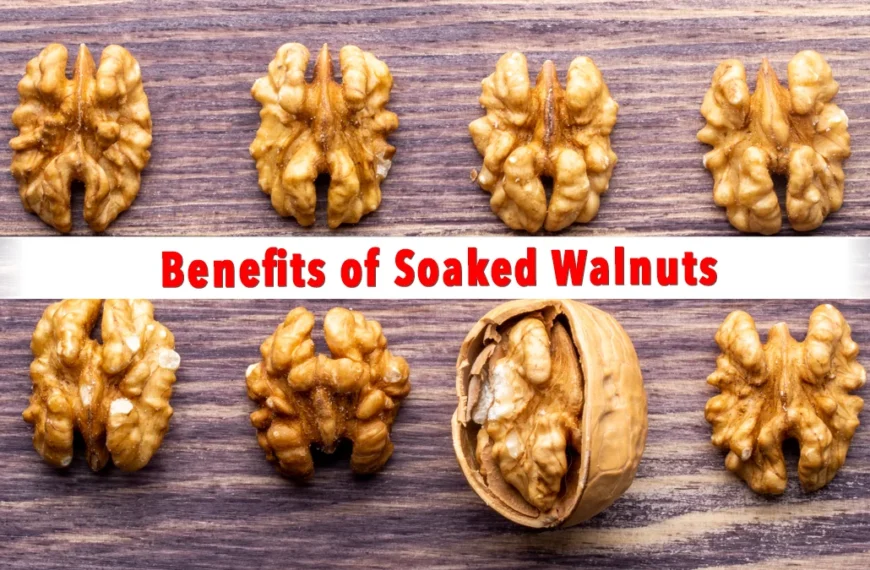Delve into the eerie realm of psychological horror facts to uncover chilling insights into the human psyche. Prepare to be captivated by the unsettling truths lurking within the shadows of our minds.

Welcome to the spine-chilling exploration of psychological horror facts, where the boundaries between reality and nightmare blur into an unsettling tapestry of fear and fascination. In this comprehensive guide, we’ll delve deep into the darkest recesses of the human psyche, uncovering the terrifying truths that lie beneath the surface. From the psychological mechanisms behind our deepest fears to the spine-tingling allure of horror fiction, prepare to embark on a journey that will both thrill and enlighten.
Definition of Psychological Horror
Psychological horror is a subgenre of horror fiction that primarily focuses on the psychological aspects of fear and terror, rather than relying solely on graphic violence or supernatural elements. It delves into the inner workings of the human mind, exploring themes such as paranoia, mental illness, trauma, and existential dread.
Psychological horror often employs subtle and atmospheric techniques to instill a sense of unease and psychological discomfort in the audience, playing on their deepest fears and anxieties. Unlike traditional horror, which may rely on external threats or jump scares, psychological horror tends to emphasize psychological tension, ambiguity, and the deterioration of characters’ mental states. It aims to unsettle and disturb the audience on a psychological level, leaving a lingering sense of dread and uncertainty.
Examples of psychological horror include films like “Psycho,” “The Shining,” and “Silence of the Lambs,” as well as literary works such as those by Edgar Allan Poe and Shirley Jackson.
15 Psychological Horror Facts
- Uncanny Valley Effect: As robots or CGI characters become more human-like, they start to look more realistic. However, there’s a point where they look almost human but still fall short, creating an eerie feeling. This happens because our brains recognize that something is not quite right, triggering discomfort and fear.
- Isolation and Sensory Deprivation: When individuals are deprived of sensory input or isolated for extended periods, their brains start to create stimuli internally, leading to hallucinations and paranoia. This occurs due to the brain’s need for stimulation, and without external input, it generates its own, often unsettling, experiences.
- Sleep Paralysis: During sleep paralysis, individuals wake up but find themselves unable to move. This is often accompanied by hallucinations, which stem from a disruption in the REM sleep cycle. The brain is awake, but the body remains paralyzed, leading to terrifying hallucinatory experiences.
- Stockholm Syndrome: In hostage situations, victims may develop feelings of empathy or affection towards their captors. This happens due to a survival instinct, where victims may align themselves with their captors to increase their chances of survival, leading to complex psychological dynamics.
- Mere Exposure Effect: This psychological phenomenon suggests that people tend to develop a preference for things they encounter frequently. In horror narratives, this effect can be used to gradually introduce unsettling elements, increasing discomfort over time.
- Dissociative Identity Disorder: Individuals with DID may have multiple distinct personalities that control their behavior. This disorder typically arises from severe trauma during childhood, leading to a fragmentation of identity as a coping mechanism.
- Gaslighting: Gaslighting involves manipulating someone into doubting their perceptions and sanity. It’s a form of psychological abuse that can lead to confusion, self-doubt, and a distorted sense of reality.
- Folie à Deux: This rare psychiatric disorder involves two or more people sharing the same delusional belief. It typically occurs in close relationships, amplifying paranoia and reinforcing distorted beliefs.
- Dunning-Kruger Effect: This cognitive bias describes how incompetent individuals often overestimate their abilities due to a lack of self-awareness. Conversely, competent individuals may doubt themselves because they are more aware of their limitations.
- Cognitive Dissonance: When individuals hold conflicting beliefs or attitudes, it creates psychological discomfort. In horror narratives, characters may experience cognitive dissonance when confronted with unsettling truths or contradictions.
- Intrusive Thoughts: These are unwanted and distressing thoughts that intrude into consciousness. They can be triggered by anxiety or trauma and may lead to significant distress and impairment.
- Classical Conditioning: This psychological principle involves forming associations between stimuli and responses through repeated pairings. In horror narratives, this can create fear responses to specific cues or symbols due to the conditioning process.
- Trauma Bonding: Victims of abuse may form strong emotional attachments to their abusers as a survival mechanism. This happens due to the intense emotional experiences shared during periods of trauma, leading to complex and conflicted relationships.
- Existential Dread: This profound anxiety arises from contemplating the meaninglessness and absurdity of existence. In horror, existential dread can be amplified by confronting characters with the futility of their actions and the insignificance of their lives.
- Hypervigilance: This state of heightened awareness and alertness often arises from trauma. In horror narratives, characters may become hyper-vigilant, constantly scanning their surroundings for threats, leading to increased tension and fear.
Best Movies on Psychological Horror Facts
- “Psycho” (1960) – Directed by Alfred Hitchcock, this iconic film follows the story of a secretary who encounters a disturbed motel owner. It’s renowned for its psychological depth and suspenseful storytelling.
- “The Shining” (1980) – Directed by Stanley Kubrick and based on Stephen King’s novel, this film explores a family’s descent into madness while isolated in a haunted hotel. It’s celebrated for its atmospheric tension and complex character portrayal.
- “Silence of the Lambs” (1991) – Directed by Jonathan Demme, this thriller follows a young FBI agent who seeks the help of a manipulative serial killer to catch another murderer. It’s praised for its psychological depth, particularly in the interactions between the protagonist and the antagonist.
- “Black Swan” (2010) – Directed by Darren Aronofsky, this psychological thriller focuses on a ballerina’s mental unraveling as she strives for perfection in her performance. It’s known for its intense atmosphere and exploration of obsession and identity.
- “Shutter Island” (2010) – Directed by Martin Scorsese, this film follows a U.S. Marshal investigating a disappearance at a psychiatric facility on a remote island. It’s revered for its mind-bending narrative and psychological twists.
- “The Babadook” (2014) – Directed by Jennifer Kent, this Australian horror film explores the psychological toll of grief and trauma on a mother and her young son. It’s praised for its atmospheric tension and nuanced portrayal of psychological horror.
- “Get Out” (2017) – Directed by Jordan Peele, this horror-thriller delves into themes of race and social commentary as a young black man uncovers disturbing secrets during a visit to his white girlfriend’s family estate. It’s acclaimed for its intelligent storytelling and psychological depth.
- “Hereditary” (2018) – Directed by Ari Aster, this film follows a family haunted by disturbing events following the death of their secretive grandmother. It’s lauded for its slow-building tension, eerie atmosphere, and exploration of inherited trauma.
- “The Lighthouse” (2019) – Directed by Robert Eggers, this psychological horror film depicts the descent into madness of two lighthouse keepers stranded on a remote island. It’s celebrated for its atmospheric cinematography, intense performances, and psychological depth.
- “Midsommar” (2019) – Also directed by Ari Aster, this folk horror film follows a group of friends who visit a rural Swedish commune and become embroiled in disturbing rituals. It’s praised for its immersive atmosphere, unsettling imagery, and exploration of grief and codependency.
FAQs (Frequently Asked Questions)
What are some common themes in psychological horror?
Common themes in psychological horror include isolation, madness, existential dread, and the blurring of reality and illusion.
How does psychological horror differ from traditional horror?
While traditional horror often relies on external threats and supernatural elements, psychological horror delves into the inner workings of the human mind, exploiting our deepest fears and anxieties.
Can psychological horror have a lasting impact on viewers/readers?
Yes, psychological horror has the power to linger in the mind long after the credits roll or the final page is turned, leaving a lasting impression on those who dare to delve into its depths.
What are some examples of iconic psychological horror films/books?
Iconic examples of psychological horror include “Psycho” by Alfred Hitchcock, “The Shining” by Stephen King, and “Silence of the Lambs” by Thomas Harris.
How do creators build tension in psychological horror narratives?
Creators build tension in psychological horror narratives through techniques such as atmospheric settings, suspenseful pacing, and the strategic use of ambiguity and uncertainty.
What role does the human psyche play in psychological horror?
The human psyche is central to psychological horror, serving as both the canvas upon which fears are painted and the mirror that reflects our darkest impulses back at us.
Te Mend Final Thought
In conclusion, the world of psychological horror is a rich and multifaceted realm that offers a tantalizing glimpse into the deepest recesses of the human soul. By understanding the psychological mechanisms at play and embracing the chilling truths that lie within, we can embark on a journey of self-discovery that is as enlightening as it is terrifying.
“Good news! Te Mend is now available on WhatsApp & Telegram Channels. Subscribe today through the link and stay updated with the latest news!” Whatsapp & Telegram




